
Can Music Unlock the Power to Break Chains?
Music has long been celebrated not only as an art form but also as a potent catalyst for personal and societal transformation. The metaphor of “breaking chains” symbolizes liberation—whether from psychological barriers, social constraints, or spiritual limitations. Throughout history, music has served as a symbolic and practical tool to transcend these boundaries, inspiring movements, healing individuals, and connecting communities. This article explores how music possesses the profound capacity to unlock human potential, tracing its influence from ancient mythologies to contemporary movements.
Table of Contents
- Introduction: The Power of Music as a Transformative Force
- Theoretical Foundations: How Music Influences the Human Mind and Spirit
- Music as a Symbol of Liberation in History and Mythology
- Modern Interpretations: When Music Becomes a Tool for Personal and Social Liberation
- The Science Behind Music’s Chain-Breaking Potential
- The Role of Cultural and Spiritual Contexts in Enhancing Music’s Power
- Challenges and Critiques: Can Music Alone Truly Break Chains?
- Case Study: Rise of Orpheus—A Modern Example of Myth and Music
- Practical Implications: How Readers Can Harness Music for Personal Liberation
- Conclusion: Reaffirming the Transformative Potential of Music
Introduction: The Power of Music as a Transformative Force
Music’s ability to inspire, heal, and unite is deeply embedded in human history. The concept of “breaking chains” encompasses both literal constraints—such as chains of oppression or slavery—and metaphorical ones like fear, ignorance, or psychological trauma. From ancient rituals to modern protests, music has served as a universal language to foster liberation and change.
Historically, music has been intertwined with movements for freedom. During the civil rights era in the United States, songs like “We Shall Overcome” became anthems of resistance. Similarly, in South Africa, the anti-apartheid movement used music to rally communities and challenge systemic injustice. These examples highlight music’s role not merely as entertainment but as a catalyst for societal transformation.
Exploring from Ancient to Modern Examples
This article journeys through time, examining how music has symbolized liberation across cultures and eras, from the sacred lyres of ancient Greece to contemporary movements that harness the power of sound for change.
Theoretical Foundations: How Music Influences the Human Mind and Spirit
Scientific research confirms that music profoundly impacts emotional and cognitive processes. Listening to certain melodies can activate brain regions involved in reward, motivation, and resilience. For example, studies published in the Journal of Neuroscience show that music stimulates the release of dopamine, fostering feelings of hope and perseverance.
Culturally, music often bears spiritual significance, serving as a bridge between the material and divine. Many societies incorporate sacred instruments—like the lyre in ancient Greece—into rituals aimed at spiritual liberation or communication with higher realms. These practices exemplify how music functions as a metaphorical and literal “chain breaker,” transcending physical and psychological limitations.
The metaphor of chains here refers to psychological barriers such as fear or trauma, social constraints like oppression, and spiritual limitations preventing growth. Music’s capacity to dissolve these constraints has been documented across diverse contexts, demonstrating its universal relevance.
Music as a Symbol of Liberation in History and Mythology
Ancient Greece: The Sacred Lyre and Divine Influence
In ancient Greece, the lyre was more than an instrument; it was a sacred object believed to channel divine energies. Musicians like Orpheus were revered for their ability to influence gods and spirits through their art, often seen as mediators of divine will. The myth of Orpheus, a legendary musician, exemplifies music’s power to influence even the underworld, where his melodies could soothe and persuade the spirits of the dead.
The Myth of Orpheus: Music’s Power Over Gods and the Underworld
Orpheus’s story underscores the belief that music can transcend mortal constraints. When his wife Eurydice was lost to the underworld, Orpheus’s music moved Hades and Persephone, allowing him to negotiate her release—albeit with conditions. This myth encapsulates the idea that music is a divine force capable of breaking even the most formidable chains.
Historical and Mythological Examples
Throughout history and myth, stories abound where music acts as a symbol of liberation. In the biblical story of David and Saul, David’s harp soothes the tormented king. Similarly, African griots used music to preserve history and foster social cohesion under oppressive regimes. These narratives demonstrate music’s enduring capacity to challenge and transcend constraints.
Modern Interpretations: When Music Becomes a Tool for Personal and Social Liberation
In recent history, music has continued to serve as a powerful medium for societal change. During the Civil Rights Movement, songs like “We Shall Overcome” galvanized protesters and fostered unity. The anti-apartheid struggle in South Africa similarly used music to inspire resilience and solidarity.
On a personal level, individuals have turned to music to overcome trauma, addiction, or mental health challenges. Music therapy programs worldwide demonstrate how sound can catalyze emotional breakthroughs. For example, therapeutic singing has helped trauma survivors reconnect with their inner strength, illustrating music’s role in breaking psychological chains.
In the context of modern movements, initiatives like rIsE oF OrPhEuS exemplify how contemporary art harnesses ancient principles—merging myth, music, and activism—to foster liberation and community resilience.
The Science Behind Music’s Chain-Breaking Potential
Neuroscientific studies reveal that music activates pathways associated with resilience, hope, and emotional regulation. Brain imaging shows that listening to uplifting music can enhance connectivity between the prefrontal cortex and limbic system, strengthening emotional resilience.
Case studies in music therapy have documented significant progress for individuals overcoming depression, anxiety, and trauma. For instance, personalized music interventions have helped patients reconnect with suppressed memories and foster self-empowerment. These findings support the idea that music can serve as a non-invasive, ethical tool to facilitate psychological liberation.
However, ethical considerations are essential. Music’s influence can be manipulated, and superficial engagement may not lead to genuine change. Therefore, integrating music with broader psychological or social strategies ensures sustainable transformation.
The Role of Cultural and Spiritual Contexts in Enhancing Music’s Power
Different cultures have unique perceptions of music as a spiritual tool. Indigenous tribes use rhythmic drumming in ceremonies to invoke spirits and foster community bonds. In ancient China, ritual music was believed to harmonize individuals with the universe, promoting spiritual liberation.
Sacred instruments like the lyre, gong, or sitar are not only musical tools but also portals to higher consciousness. Their use in spiritual practices underscores music’s capacity to dissolve social and spiritual chains, fostering collective healing and enlightenment.
Contemporary spiritual movements leverage music to build community and promote social cohesion. Events like Burning Man or music festivals often serve as spaces for collective transcendence, illustrating how cultural contexts amplify music’s liberating potential.
Challenges and Critiques: Can Music Alone Truly Break Chains?
While music is a powerful symbol and tool for liberation, its influence has limits. External factors—such as systemic injustice, economic hardship, or psychological barriers—may require additional interventions beyond sound alone. Music can inspire and motivate, but lasting change often demands comprehensive strategies.
There is also a risk of superficial engagement or manipulation. Commercialized music may evoke emotional responses but lack depth or genuine transformational intent. Ethical use of music in therapy or activism emphasizes authenticity and holistic approaches, combining sound with education, community support, and policy change.
“Music alone cannot dismantle all chains, but when integrated with conscious effort and community, it becomes a formidable force for liberation.” — Anonymous
Case Study: Rise of Orpheus—A Modern Example of Myth and Music
The Rise of Orpheus project exemplifies how contemporary art continues to draw from ancient myths to inspire liberation. This movement employs music, storytelling, and community engagement to evoke the divine power attributed to Orpheus, emphasizing inner strength and collective resilience.
Its thematic focus on overcoming personal and societal chains echoes the myth’s core message—that art and music can influence even the most formidable barriers, fostering hope and transformation in modern society. This illustrates the enduring legacy of mythological symbols, adapted to address present-day challenges.
Lessons from Rise of Orpheus highlight the importance of integrating mythic narratives with contemporary activism, demonstrating that the principles of ancient music’s divine power are still relevant today.
Practical Implications: How Readers Can Harness Music for Personal Liberation
Individuals seeking personal growth can use music intentionally to overcome internal barriers. Strategies include creating playlists that evoke resilience, engaging in singing or playing instruments, or participating in community music groups. Music’s capacity to influence mood and cognition makes it a versatile tool for fostering hope and strength.
Community efforts can also benefit from musical initiatives—organizing concerts, drumming circles, or singing workshops—to promote social cohesion and collective healing. Recognizing the cultural and spiritual dimensions of music enhances its effectiveness and ensures respectful, meaningful engagement.
Conclusion: Reaffirming the Transformative Potential of Music
“Music is a timeless force capable of breaking chains—be they within us or in the world around us. Its power lies in its ability to inspire hope, foster community, and transcend barriers.” — Unknown
From ancient mythologies to modern social movements, music’s role as a symbol and instrument of liberation remains unwavering. Embracing its potential requires understanding its psychological, cultural, and spiritual dimensions, and applying this knowledge ethically and holistically. As we continue to face personal and societal challenges, let us recognize music as a vital tool in our collective journey toward freedom and growth.

